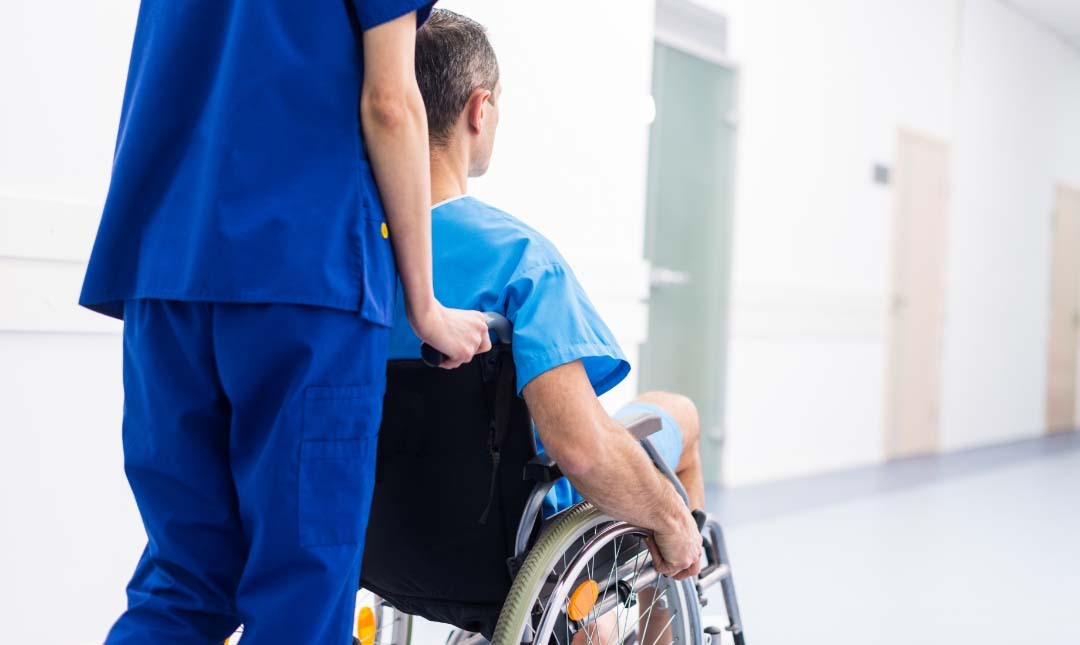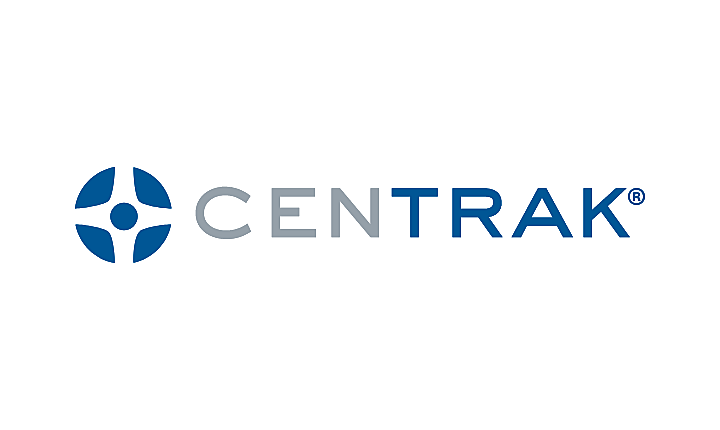Identify Blind Spots & Optimize Patient Flow with RTLS Data

When optimizing patient flow, we start by analyzing all steps in the workflow and determine which provide value and which do not.
We often leverage data from existing systems, such as electronic health records (EHR) systems, to determine how long each step takes in order to develop ways to improve the workflow. However, this approach can unintentionally create blind spots.
For example, the Length of Stay (LOS) is defined as the time the staff completed registration to when the staff documented the patient’s discharge. This information exists in the EHR, but what about the time the patient had to wait to check in and register? That time is important too.
What about the time between the patient arriving in the exam or operating room and waiting for the provider? Documentation does not always reflect reality. How about the time that an emergency physician “planned” to examine someone but was called to another critical patient? Suddenly, the patient door-to-doc time documented by the systems that rely on manually entered data is no longer a valid data point.
It soon becomes clear that many components of patient throughput data are potentially missing — including some of the most valuable for defining the patient experience and identifying process delays. The data gap becomes even more apparent in ambulatory care settings, where patient check-in time is often the only data element that gets documented. The rest of the patient milestone steps are rarely recorded, resulting in lack of transparency and clarity when it comes to patient wait times, patient-provider interactions, or even the total visit time.
Additionally, as patient visit data points from EHR systems are retrospective, they offer no opportunity to impact care in real-time. And how can we hope to change something that cannot be measured, or, at best, is measured after the fact?
Real-Time Location Systems (RTLS) can help healthcare organizations uncover blind spots by automatically collecting patient throughput data in real-time. Having a patient wear an RTLS badge during their visit is the only way to automatically collect real-time arrival-to-discharge data that is visible immediately and can be used by staff to modify the process as it’s happening. The secret to effective patient flow is balancing demand versus capacity, and that’s why being able to fine-tune processes with accurate real-time data is the optimal solution.
Let’s look at some examples to see how RTLS data can make a difference:
- In a multidisciplinary ambulatory practice, the arrival and registration process is crucial for keeping patient appointments on schedule. By using RTLS, a real-time queuing system can be implemented that not only creates an orderly, HIPAA-compliant registration and rooming process but also provides accurate arrival and registration wait time data. Staff can now “see” that one of the patients waiting to register is here to see the only specialty practice that is “on time” with their schedule. Staff can pull that person ahead of the patients who arrived early for their appointments — keeping that practice’s schedule on time. Simultaneously, you can support the other practices and help them get back on track by adjusting schedules based on who is in the waiting room.
- Real-time information is also a valuable tool for staff throughout the entire patient visit. RTLS will automatically measure patient wait times, notify staff of extended waits, and let practitioners know when their patient has arrived in the exam room and is ready to be seen. This real-time awareness of patients waiting for services and of patient readiness is like “turning on the lights,” creating a more efficient experience for both patients and staff.
- Hospital radiology and imaging departments often provide services to both inpatients and outpatients. Offering real-time knowledge of outpatient arrivals as well as the location of inpatients needing radiology exams and imaging studies gives radiology and imaging technologists valuable information — and allows them to maximize their delivery of services while minimizing the wait time for all patients.
- In the OR, one of the most pivotal transitions for throughput is the room turnaround time (TAT). Staff documentation is unlikely to offer an accurate measurement of the actual time between wheels-in and wheels-out. Documentation also does not measure the time spent by each staff type involved in turning over the room. RTLS can measure this much more accurately while notifying turnover team members when the patient has left the surgical suite and is ready for cleaning and alerting the surgical team when the suite is ready for the next patient. It also offers an opportunity to keep a patient’s family updated on the progress through the surgical experience – all in an automated way and delivered to visual boards in waiting rooms or via secured text messages to family members’ mobile phones. And the best thing – by automating this value-added step we directly reduce the burden on staff who had to previously track that information and make multiple phone calls to provide status updates.
- As we face challenges related to COVID-19 and other communicable diseases, healthcare organizations need to redesign their workflow processes to limit the potential exposure to pathogens, especially in spaces where people congregate, such as registration areas and waiting spaces. A transition from a physical waiting environment to a virtual waiting room, with contactless check-in and self-rooming, is now possible by leveraging Real-Time Location Technologies.
- RTLS data is also a critical tool for contact tracing, as it enables efficient and thorough reporting on interactions among people. When staff and patients wear RTLS badges, all patient and staff contact that occurred in the same location, along with the duration of contact time, are monitored. This data enables healthcare organizations to promptly take any necessary follow-up action for patients and staff, such as isolation, monitoring for symptoms, and/or prophylactic treatments if appropriate.
By providing this crucial data for all aspects of the care process, Real-Time Location Systems offer a unique opportunity to uncover blind spots in our processes so we can create the optimal patient, family, and staff experience.






